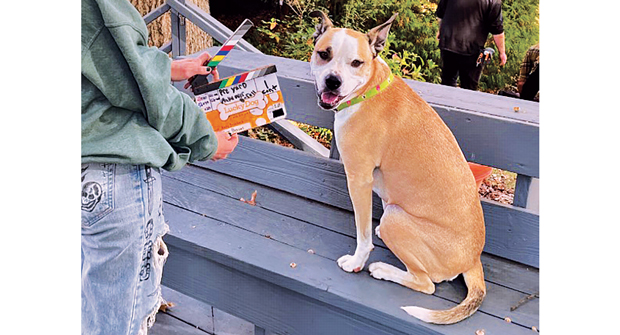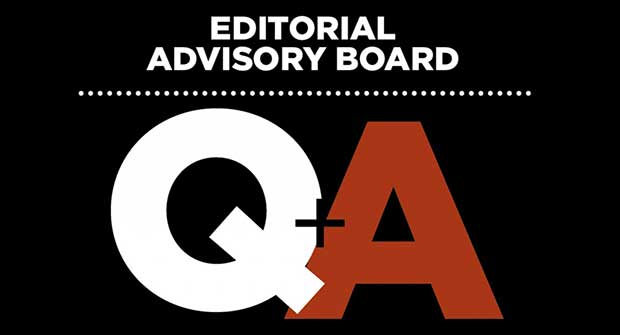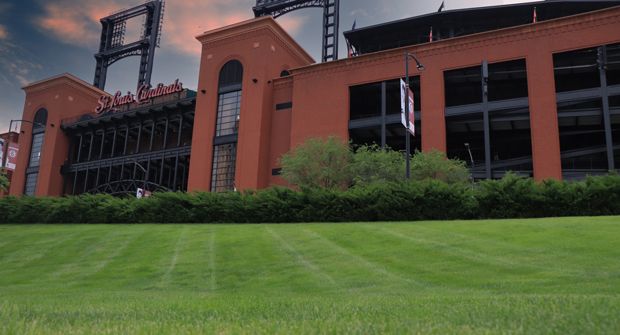
When you think about the Outdoor Power Equipment Institute (OPEI), what comes to mind? Is it OPEI’s trade show, Equip Exposition? Is it the TurfMutt Foundation? What about the safety standards OPEI oversees? When it comes down to it, OPEI is more than meets the eye.
OPEI has four cornerstones: safety standard development, industry advocacy, market statistics and the Equip Exposition show. The organization, which launched in 1952 as the Lawn Mower Institute to represent 11 mower manufacturers, now represents more than 100 manufacturers and suppliers of power equipment, small engines, battery power systems, portable generators, utility and personal transport vehicles and golf carts.
Standard development
Kris Kiser, president and CEO of OPEI, says the association helps manufacturers address industry challenges with a collective voice. A major component of OPEI, Kiser says, is as a standards development organization. OPEI, is accredited through the American National Standards Institute (ANSI) to develop and maintain standards to meet industry needs.
OPEI also works with the Consumer Product Safety Commission to analyze, maintain and refine OPEI’s voluntary standards. OPEI developed 35 safety standards covering products including lawn mowers, chainsaws, robotic mowers and utility vehicles.
“We work with manufacturers on specific products to help them develop standards for the American National Standards Institute,” he says. “The manufacturers of the product, their engineers and techs work together to create a safety standard that everybody builds to so it’s the safest product you can make today.”
Kiser says these safety standards also ensure the materials and components OPEI members use to manufacture outdoor power equipment meet state, federal and international laws.
OPEI’s influence on standards extends beyond the U.S. and Canada. OPEI serves as the U.S. representative for a technical group that develops international standards for outdoor power equipment for the International Organization for Standardization (ISO). OPEI works with its members to provide insight as ISO develops new safety standards.
OPEI also serves on the U.S. National Committee for the International Electrotechnical Commission, which oversees international standards for electrical, electronic and related technology.
Emissions and noise regulations
OPEI advocates for both battery-powered and gas-powered equipment, Kiser says. The organization works with regulators and state legislators to advocate for the needs of end users and to help mitigate any misconceptions lawmakers might have.
“Our role is to try to educate them on the facts of the situation and the market needs,” he says.
He says OPEI and its members focus attention on the growing demand for low-emissions and low-noise equipment and the responsible transition to battery-powered equipment. Kiser says OPEI understands its members offer many different outdoor power equipment solutions. End users often have different needs depending on the work environment.
“While battery technology is continuing to evolve there still is no one-size-fits-all kind of application,” he says.
Kiser says OPEI works with the U.S Environmental Protection Agency (EPA) on emissions regulations for outdoor power equipment.
“We are a tightly-regulated industry in this area,” Kiser says. “We look for the opportunity to continue to work with the EPA where we can improve emissions technology.”
Right to repair
Colorado recently passed right-to-repair legislation that goes into effect in January 2024 for agricultural equipment. This legislation extends the already-in-place consumer right-to-repair statutes for powered wheelchairs to now cover agriculture equipment. The new law will require agriculture equipment manufacturers to provide resources including parts, firmware, manuals and more.
Kiser said OPEI’s key role and responsibility is to weigh in on key industry issues such as the right to repair. A big concern for OPEI members is any modifications end-users might make to equipment could affect the safety or the emissions of the product.
Another focus for OPEI is the ongoing discussion about battery recycling. Regulatory requirements for handling large-format batteries, such as those for mowers, are different than those for handheld devices.
Many states look to enact laws and regulations around extended producer responsibility (EPR) to define the roles and responsibilities of companies that manufacture and import batteries.
Currently, New York, Minnesota, California and British Columbia have EPR regulations in place. Kiser says OPEI’s battery committee focuses heavily on EPR.
Kiser said once a battery hits a threshold of use, electric outdoor power equipment manufacturers must consider key EPR questions. He says these questions include: “‘We’ve sold all these batteries, now what do we do with them?’ ‘How do we recover them?’ ‘How do we recycle them?’ ‘What’s the role of an end user?’ ‘What’s a retailer’s role?’”
OPEI plays a role in understanding the implications for its members and green industry business owners and addressing concerns to the states introducing legislation, Kiser says.
“They want to deal with a collective voice representing that industry,” he says of state governments. “And that’s who we are.”
At the ground level
A critical part of OPEI’s advocacy work starts at the ground level — literally, Kiser says. The organization created its TurfMutt Foundation in 2008 as the green industry was in the crosshairs of a war on turf as drought conditions ravaged the West.
“Lots and lots and lots of voices were saying the lawn was bad — whether it was water or inputs or what have you — but it was simply an aesthetic,” he says. “It was just a pretty thing that served no purpose.”
The TurfMutt Foundation refocused the conversation to highlight the critical role turf plays, thanks to its first spokesdog, Lucky, and current spokesdog, Mulligan. TurfMutt highlights the benefits of green spaces to people, pets and the environment.
“Nature starts at your back door, and we live in these man-made environments,” Kiser says. “TurfMutt was designed to educate kids and take that message home.”
Kiser says during the pandemic, parents utilized TurfMutt’s STEM educational classroom lesson plans created in partnership with Scholastic, an educational publishing company. He says messages presented by Lucky and Mulligan help.
“Nobody wants to hear me talk about it, but suddenly you put a cape on a dog and the kids are all over it,” he says. “We tell it from a dog’s point of view. No one knows your yard like your dog. And so as an informed source, your dog knows it as well as anyone.”

